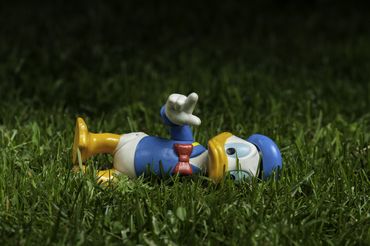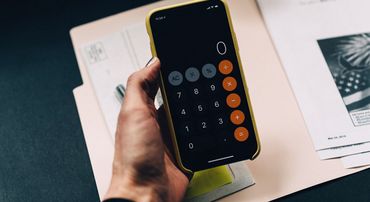Most patent specifications include drawings which visually depict the written patent claims. They make it easier for 'a person skilled in the art' (a term in patent law that refers to an expert in the field) to understand how the innovation functions. Reference numbers in the text of the patent specification refer to the various drawings. The sketches also tell stories in that they document the inventiveness of humankind. And the older they are, the more artistic they look.
For IP professionals
This is the portal for professionals working in the field of intellectual property. Here you'll find direct access to all necessary resources.
Quick links
What you need to know about patent drawings
Drawings are what give inventions a face in patent specifications. Sometimes, they are even mini-masterpieces. Once drawn by hand, they have long since been created on computers. Nevertheless, one thing remains the same – the sketch mustn't reveal too much, otherwise it will render any subsequent invention impossible. A glance over the shoulders of patent illustrators.
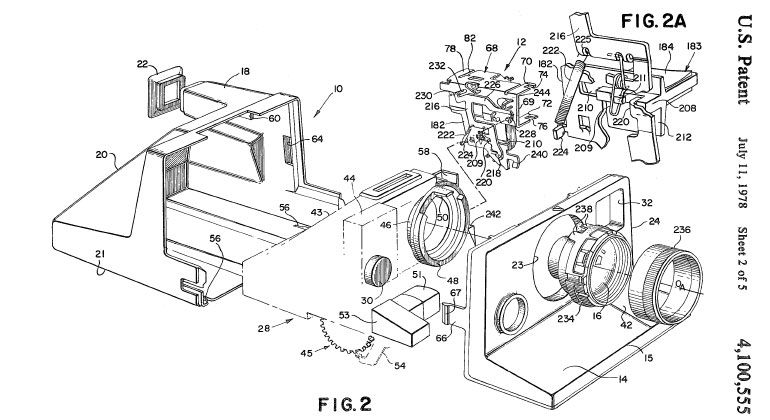
Drawings support the patent application
Drawings are not required for patent applications in Switzerland or in Germany. However, they make it easier for the examiner to evaluate the invention. This also lies in the interest of the inventor because the more complicated the innovation, the more difficult it is to imagine it from a description. “To describe the function of a watch movement in words alone is challenging,” says Simon Straessle, Patent Expert at the Swiss Federal Institute of Intellectual Property. He would welcome the idea of permitting 3D renderings or films to illustrate an invention. In other countries such as the USA, an illustration is a required element of a patent application. So if an applicant submits a drawing from the start, they do not need to think about it later if applying for patent protection in the USA.
Too much information in the patent drawing
Tobias Maas and his team from the company maas Ι Patente & Konstruktionen have many years of experience with patent drawings. The enterprise in Friedrichshafen works on drawings from independent inventors, companies and patent attorney firms. “We receive good sketches and sometimes just simple first drafts. Depending on how urgent it is, sometimes a screenshot from a PowerPoint presentation might have to be enough,” says Maas. The patent drawing is often based on a prototype they receive from the company.
Private inventors require particular support as they often do not know what a drawing should include. If they are not careful, they might draw more than what is described in the patent specification. This overly drawn part cannot be patented for a second invention – as it has already been published. The art lies in drawing only as much as is necessary for the invention to be understood. Independent inventors should therefore obtain help from experts before applying for a patent.
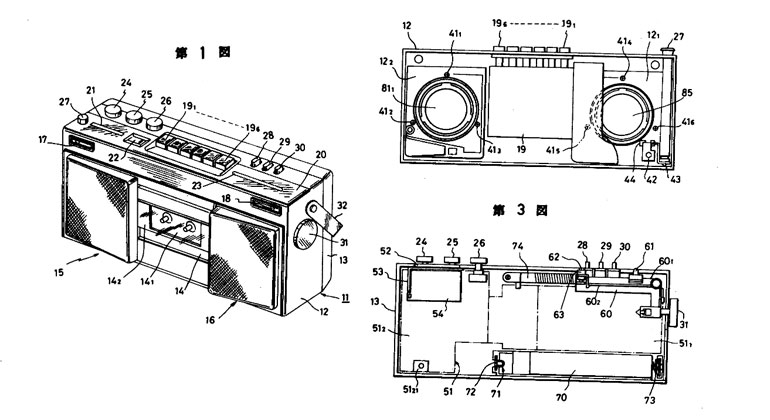
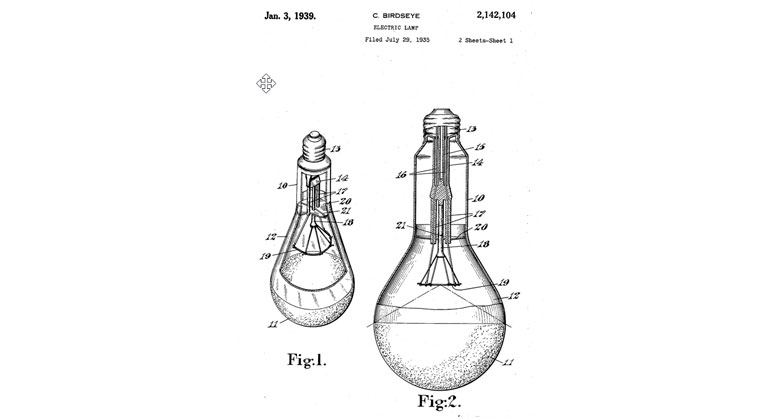
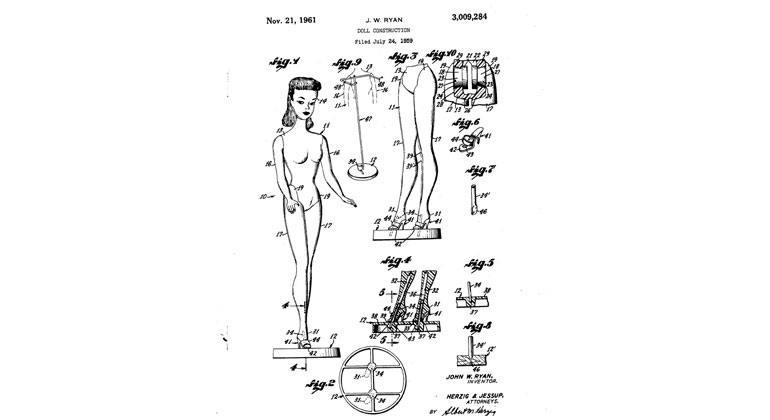
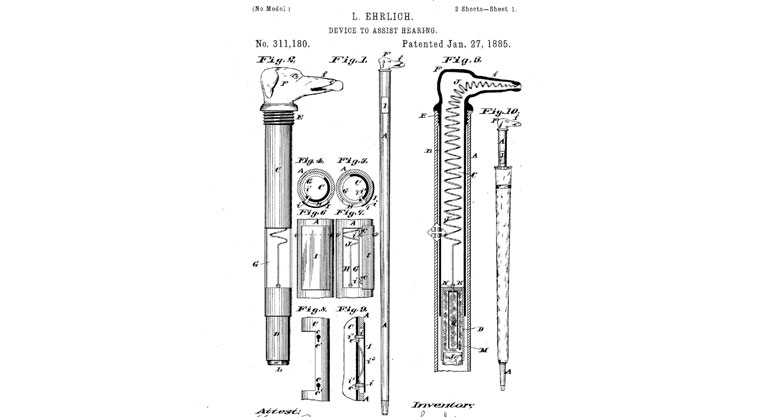
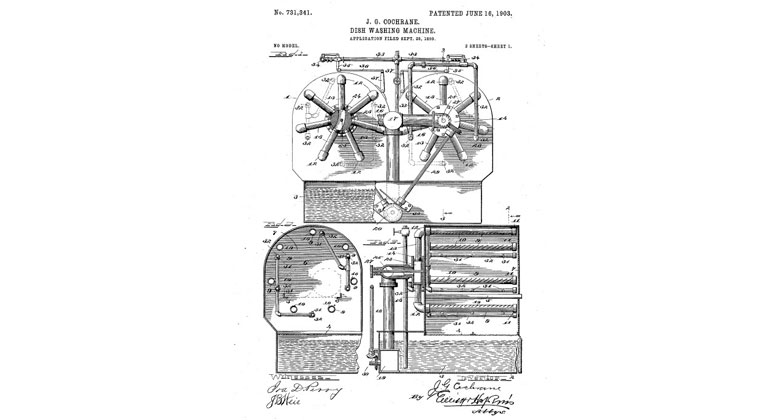
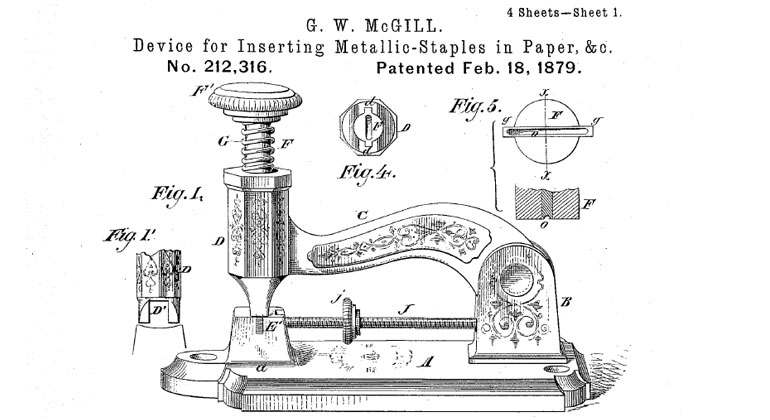
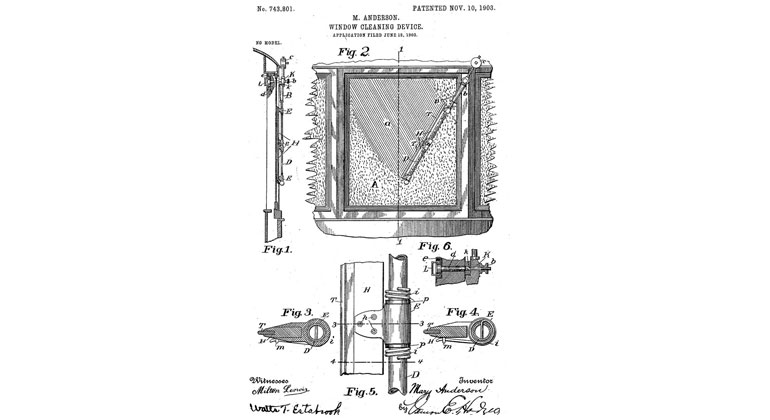
Creative leeway
The drawings have to follow exact requirements. They must be black and white and must be based on specific dimensions. Depending on the complexity of the invention, a drawing is usually completed within two to six hours. For particularly demanding innovations, it can take up to 20 hours, especially for complicated electrical engineering diagrams with various levels and curves, for example.
Despite the clear guidelines, there is still room for creativity: “Our drawings also convey our personal style. We use CAD – Computer-Assisted Design – not always as intended and we outwit it to achieve better results,” says Maas. While company experts used to invest several hours in drawings in the past, nowadays, the illustrations are greatly simplified. “A car is depicted as a rectangular box, trees are depicted by several lines, an impactful illustration is often sufficient,” says Maas. The illustrator's signature style comes through in the different thickness of the lines or a certain style for figures or machines. “We cannot change essential parts of the invention but we can change everything beyond that, such as the setting,” explains Maas.
All of the team members are trained technical illustrators. Working with patents requires a lot of visual thinking and a dash of creativity. Perfectionists need to change their mindset: “A patent specification never depicts everything perfectly and also does not always correspond 100% to the technical norms,” Maas points out. You sometimes have to cut yourself some slack. But this is clearly outweighed by the fun of it: “We are constantly gaining insights into the newest innovations and our drawings contribute to successful applications.” Developments are directly reflected in the drawings: “For us, the trend is moving away from typical technical patent specifications such as turbines. These days, we receive far more process patents for hand gestures, camera systems which capture signs, things like that,” says Tobias Maas.

Patents for your living room and tips for patent sketches
Tips for the patent illustration:patent drawing requirements in Switzerland
Example of a Swiss patent specification: Item of clothing
Bring in the experts: independent inventors should seek support from a patent attorney. You can find suitable experts in our IP Advisory Network.
The patent search engines: the European Patent Office's (EPO) database contains over 120 million patents. Simply insert your search term in the search box. The results are particularly precise if you know the name of the inventor.
Invention sketches on the wall: patent drawings are even used as decoration in people's homes. Various providers offer prints in various sizes and colours. But there’s an easier way – anyone can search for patent drawings and print them out. And you don't have to worry about the legality of it as patent specifications are exempt from copyright under the Swiss Copyright Act.
Patent sketches commonly used as home decor: Edison’s lightbulb, LEGO figure, Polaroid camera, toilet roll
Book tip: The Art of the Patent (Kevin Prince, ISBN 978-0983964001) and Patente Patente (in German, Frederking u. Thaler, ISBN 978-3-95416-215-4)

